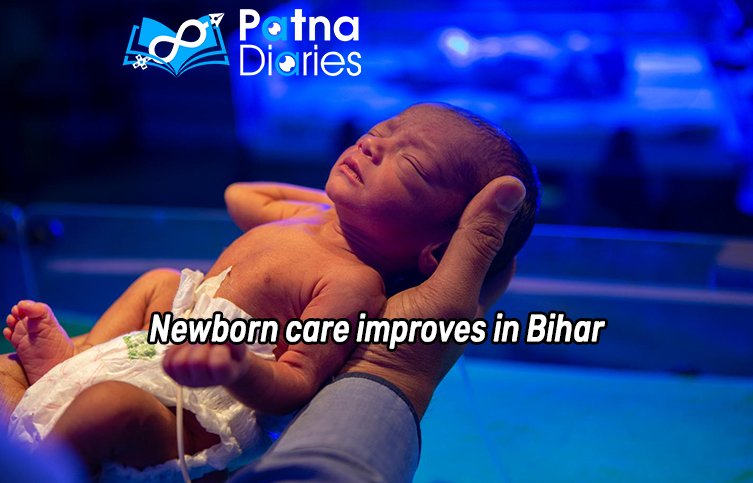Patna, March 3: Bihar’s progress in the past one decade cannot be dismissed, especially when it comes to the health system. The health indicators have improved considerably in both the urban and rural regions of the state since 2005 when the state had a neonatal mortality of 32 and an infant mortality of 62 per 1,000 live births, one amongst the highest in the country.
The state government has taken various initiatives to bring down infant and child mortality rate by prioritizing newborn care. Due to these initiatives, the Infant Mortality Rate (IMR) in Bihar has declined by 32 points which is one point below the national average.
The state government has taken various initiatives to bring down infant and child mortality rate by prioritizing newborn care
With persistent efforts of the health workers, neonatal morbidity has reduced from 56% in the year 2015 to 35% in the year 2021
Many pilot programmes are being run by the state government to help reduce the IMR in Bihar. Some of the successful programmes include weak newborn tracking; home based newborn care, increased institutional deliveries and special newborn care units in hospitals. The health department of Bihar worked on an intervention for identifying the weak newborn and working for their essential care designed by CARE India. In 2015, the health workers implemented the intervention across all districts and block-level public health facilities of Bihar.
Moreover, in May 2016, the health department of Bihar issued a guideline to include appropriate efforts during the deliveries in all public and private hospital as well as for deliveries done at home. The main objectives of the intervention included identification of weak newborns, maintaining its record in public hospitals, provision of extra care to such babies and ensure counselling of families at their doorstep.
With persistent efforts of the health workers, neonatal morbidity has reduced from 56% in the year 2015 to 35% in the year 2021; and neonatal mortality has reduced from 22% in the year 2015 to 16% in the year 2021 among very low birth weight babies. These results have contributed to reducing Bihar’s overall Neonatal Mortality Rate to 25 and Infant Mortality to 29 per 1,000 live births in 2020 and 2021 respectively.
Additionally, the first wave of the Covid-19 pandemic in 2020 rightly diverted the government’s attention towards the need to reform our health system and strengthen it even more for a more pressing public health intervention to manage and control the pandemic in Bihar.
The frontline workers increased the number of home visits and improved the quality of doorstep counselling. It further ensured that the weak newborn intervention continues to sustain momentum. Subsequently, these families received the calls from the block level health managers who helped them to take appropriate steps in such situation. Moreover, the health workers also ensured regular home-based care and provide support in reaching health facilities.
The proportion of families that have been informed that their baby is weak among the low birth weight babies after reaching home has increased from 43% in the year 2019 to 60% in the year 2021; and the proportion of mothers of Newborns counselled on extra care after reaching home has increased from 40% in the year 2019 to 58% in the year 2021.
A few of the mothers of the weak newborn expressed their gratitude to the health workers for their constant support during the pandemic. 25-year-old Khushbu Khatoon who hails from Katihar thanked the health worker over a phone call after her baby’s health improved. She had a preterm delivery on October 16, 2021 when the baby weighed only 1600 gms. “Your timely advice and follow up saved my child and for us, you’re like a God on earth”, expressed Khushbu.
Similarly, Archana’s daughter was identified as a weak new born in Lakhisarai. The weight of the newborn baby was 1995 grams. She got the help of a health worker on a constant basis which helped her to improve the weight of her baby.



[…] rolled out in the low and middle income countries where children were most vulnerable to the diseases including pneumonia and […]